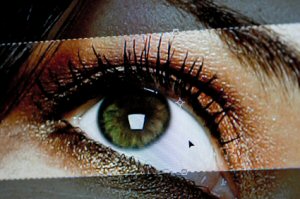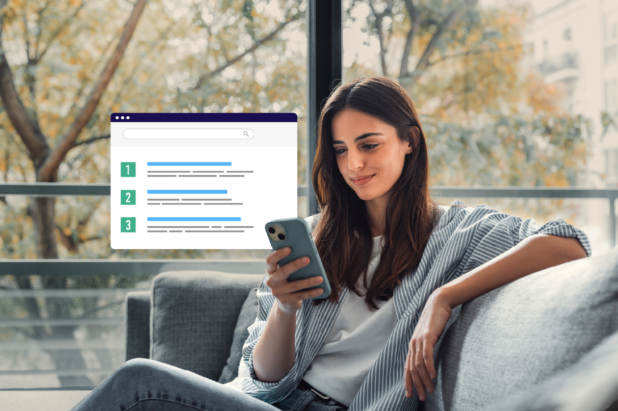 Images as an asset for organic search results and search engine optimization are often overlooked. Images can drive traffic through image search as well as inclusion in universal search results.
Images as an asset for organic search results and search engine optimization are often overlooked. Images can drive traffic through image search as well as inclusion in universal search results.
There are actually several dimensions to image optimization that involves better placement in search results, optimization for user experience and in some cases, optimization for easier sharing of images on the social web.
For image SEO, it can be helpful to think of optimizing images like optimizing a tiny webpage within your page. Things like url structure, anchor text and descriptive tagging are factors for optimizing images for search engines, just like regular webpages.
Here are a few tips for optimizing your images to improve their performance on the page and in search.
1. Find the right images
Finding the right kind of image is incredibly important. Great images can add another dimension to an article or page that can encourage people to share the page and create some great backlinks. Research shows that while text is still the first thing seen on the page, the image is what sells the page.
Here are some of the best places to actually find images:
- Flickr – Probably the de facto service for finding free images. They have a really useful creative commons search as well. Skellie has an excellent article on how to find Flickr images.
- stock.xchng – Weird name, but a ton of royalty-free stock images.
- iStockPhoto – Large selection of stock photos that you can buy.
You can also use Google Images to find images for your site, as long as you search with the proper licensing. (They allow you to search Creative Commons and other public licenses.) But you have to be very careful when using images, as if you don’t have the permission to reuse it, companies and sites can take legal action against you.
The general rule of thumb is this: if the image isn’t Creative Common licensed or you didn’t buy or create it, don’t post it.
2. Use the keyword(s) in the file name
Just like keywords in post urls are important for pages, the same is true for images. Using keyword-rich words in your image filename is important for helping search engines determine relevancy. For example, the image above was originally named “iStock_000004221245XSmall.jpg” which doesn’t add much information about this web page. It has been renamed to “image-optimization.jpg”. Of course, most images that are not simply decorative like the one above are literal and connected to the content of the page such as a photo of a product. If the above image were used in an article about eye color, then the file name should reflect that.
Google suggests that you should place your images in one folder on your site, mydomain.com/images versus placing them in random folders throughout the site. Another suggestion from Google related to file names or URLs of images is to make sure you use common image filetypes such as JPEG, GIF, PNG, and BMP.
3. Create descriptive alt text
Alt text or tags are another way that search engines help determine what your image is about. Unlike traditional web content, search engines can’t determine the text content of an image. (Search spiders are pretty smart, but as far as I know they haven’t developed eyes yet.) As a result, search engines need to rely on captions around the image, alt text, file names and other surrounding text. Adding descriptive text in the alt tag helps the search engines determine what the content of the image is.
If an image is used as navigation, ie as a link to another page, be sure to use alt text that is meaningful to the content of the page being linked to.
4. The right anchor text
Anchor text is another important factor in image SEO. If you decide to link to images with text, your anchor text can play a role in how your image is ranked for keywords. Use descriptive anchor text that describes the image. For example, linking to an image using a generic term like “image” or “photo” or a file name that doesn’t use keywords doesn’t give search engines much meaningful information on what the image is about. Linking to an image with keywords is helpful to search engines as well as people visiting your site.
5. Make sure the image matches the content
The content surrounding the image should be related to all of the things that you’ve optimized thus far: anchor tags, image url, alt tags. When these things align, it helps search engines confirm that you’re not spamming and that the image is of higher quality and relevant.
6. Don’t stuff
This goes for all kinds of SEO, but we’ll say it again just for clarity: don’t keyword stuff when filling out things like image alt text. Your alt text, captions and file names should be short and descriptive, not a long list of keywords. Remember to optimize images for your website visitors. Image SEO is as much about user experience as it is about achieving better search engine rankings.
Additional Resources on Image SEO:
Get up-to-date on Image Search – Video of a presentation by Peter Linsley, Product Manager at Google offering insights into how image search is used, how it works, and how webmasters can optimize their pages for image searchers.
Google Webmaster Central Advice in Images – Following these best practices (as well as webmaster guidelines) will increase the likelihood that your images will be returned in image search results.
If you want to check many of these image SEO tips on your web pages, try this handy image SEO tool.


